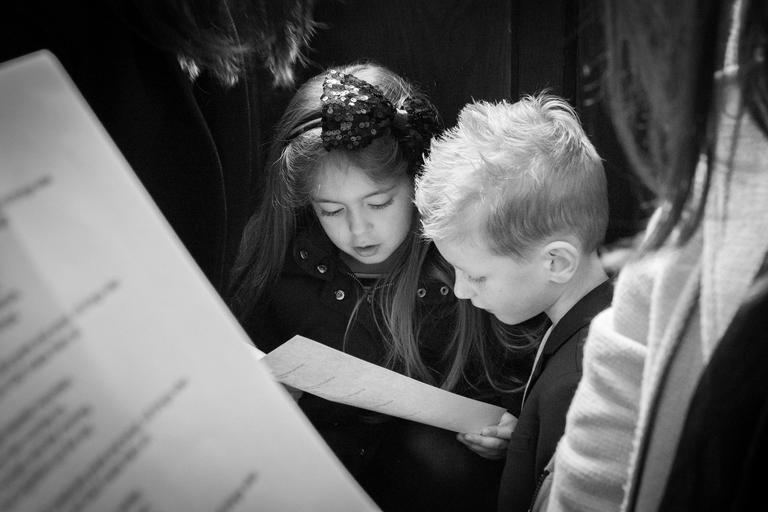Cherishing the Hymns
Why Hymns Warrant Continued Use in Worship

Hymn singing in America is on the decline. The supposed “seeker sensitive” churches have done little to preserve the musical heritage of the church. Rather than remaining ambivalent, many churches have stopped singing hymns altogether. Though contemporary songs have their place in glorifying Christ, hymns normally exhibit a
- Much of our hymnal is made up of paraphrased Psalms. Throughout most of the last 2000 years, much of the worship music sung by the Christian community has come from the book of Psalms. Puritans and even early Baptists sang metrical Psalms exclusively. Hymns such as “Praise the Lord” (#14 in the 1991 Baptist Hymnal), “All People That on Earth Do Dwell” (#17), and “O My Soul, Bless God the Father” (#34) are but a few of the paraphrased Psalms in our hymnal. When we sing these hymns and others like them, we are actually singing the words of scripture.
- Hymns are more than songs of praise. Hymns teach us theology. So much of what we think about God comes from our music. You might not remember the scripture reference from Sunday’s sermon, but I guarantee you’ve left church with a tune! Music has real power over our beliefs because of the power of repetition. Once we get something stuck in our head, over time we begin to accept it as truth. The effect of regularly singing sound biblical doctrine cannot be overstated.
- Many good hymns worship God from a community perspective. Hymns such as “The Church’s One Foundation (#236) and “We Gather Together” (#229) declare the unity of the church. When we gather together to worship, we are not a plurality of individuals,
but one unified body in Christ. While most contemporary worship songs focus on “me” and my relationship with God, it is astounding how many hymns are written from a “we” perspective. Hymns celebrate the body of Christ over individualism. - When we sing old hymns, we stand in solidarity with brothers and sisters who have finished the race. Though we should never pursue nostalgia for its own sake, there is something powerful about singing metered versions of the Psalms Jesus sang; or a congregation lifting its voice to tunes shared with martyrs. Church history tells us
of brothers and sisters who met fiery ends while lifting their voices inhymnic song. We sing many of the same tunes and texts today. When our voices ring throughout our sanctuaries, we declare ourselves one church across time.
Although traditional hymnody is on the decline in America, it will never disappear entirely. Over the past decade, some hymns have
Though some churches tend to take the
If you enjoyed this article, subscribe!
